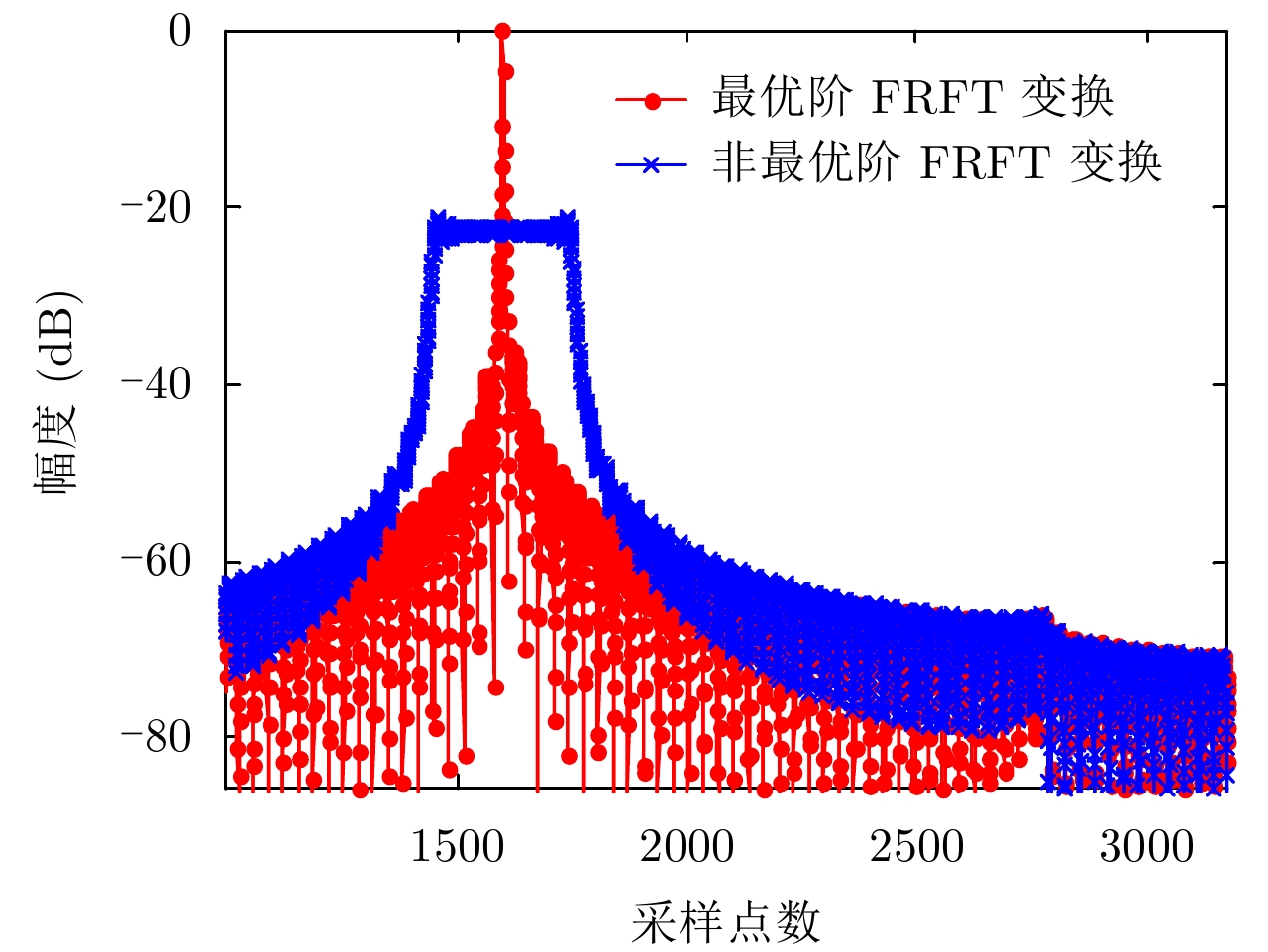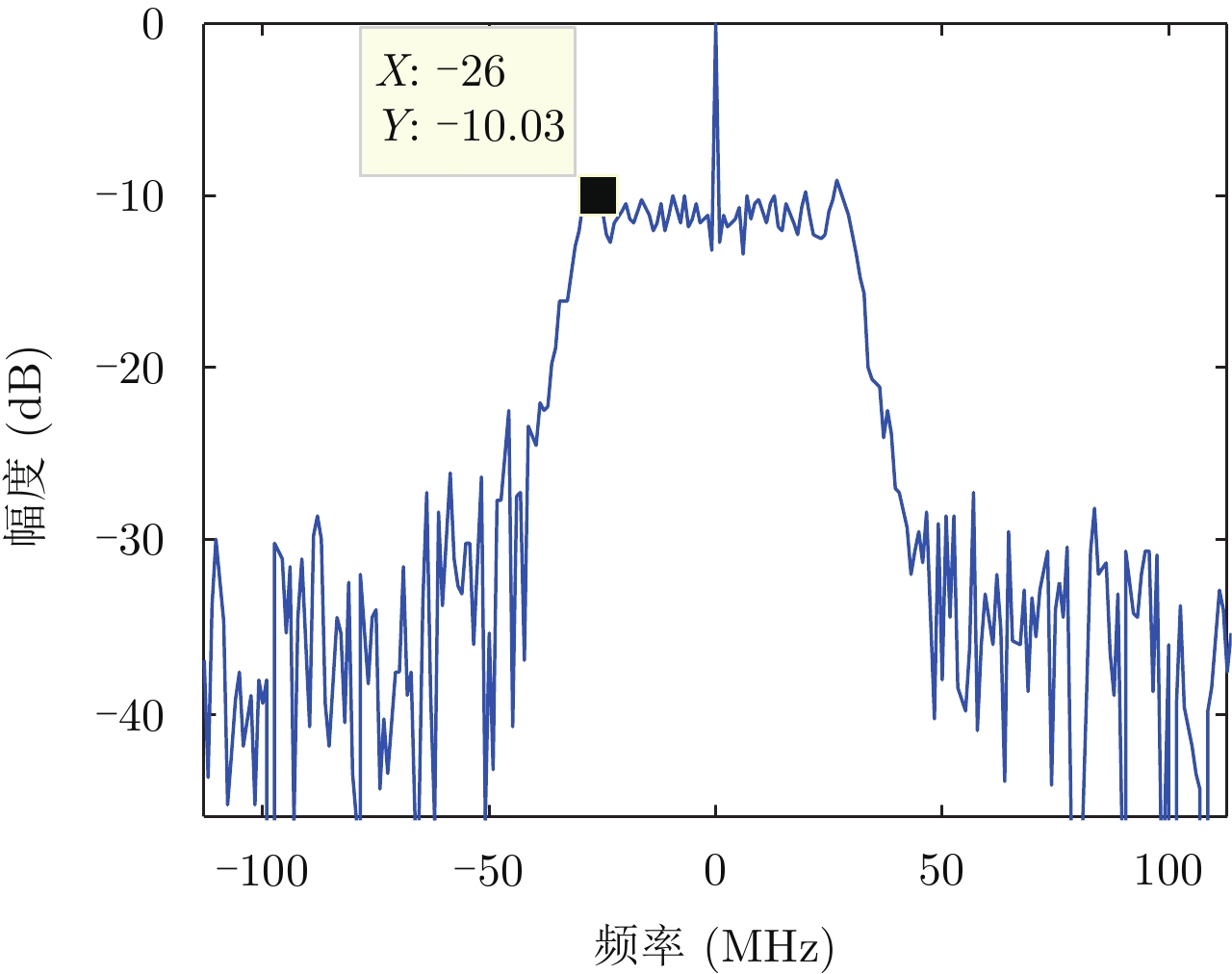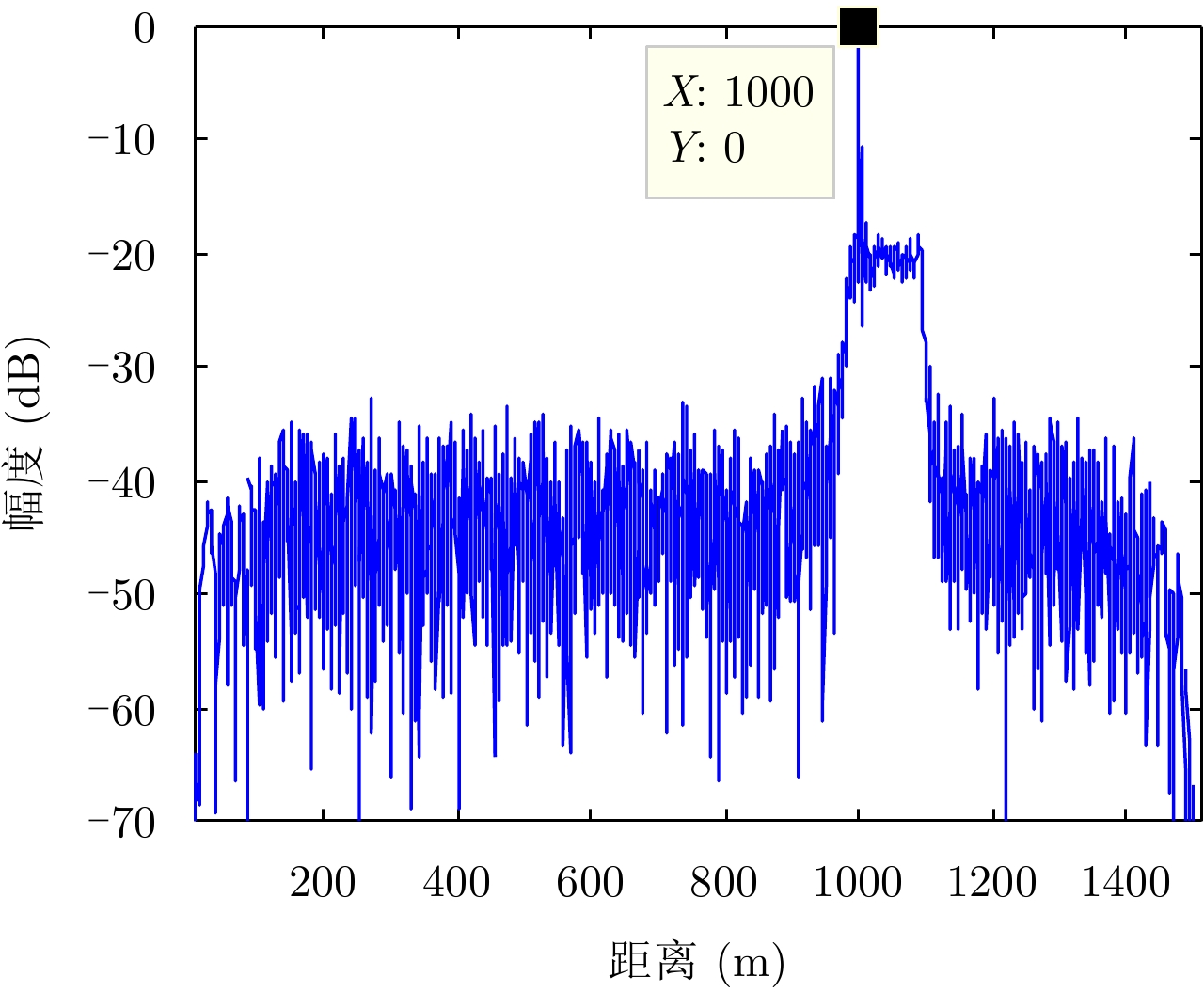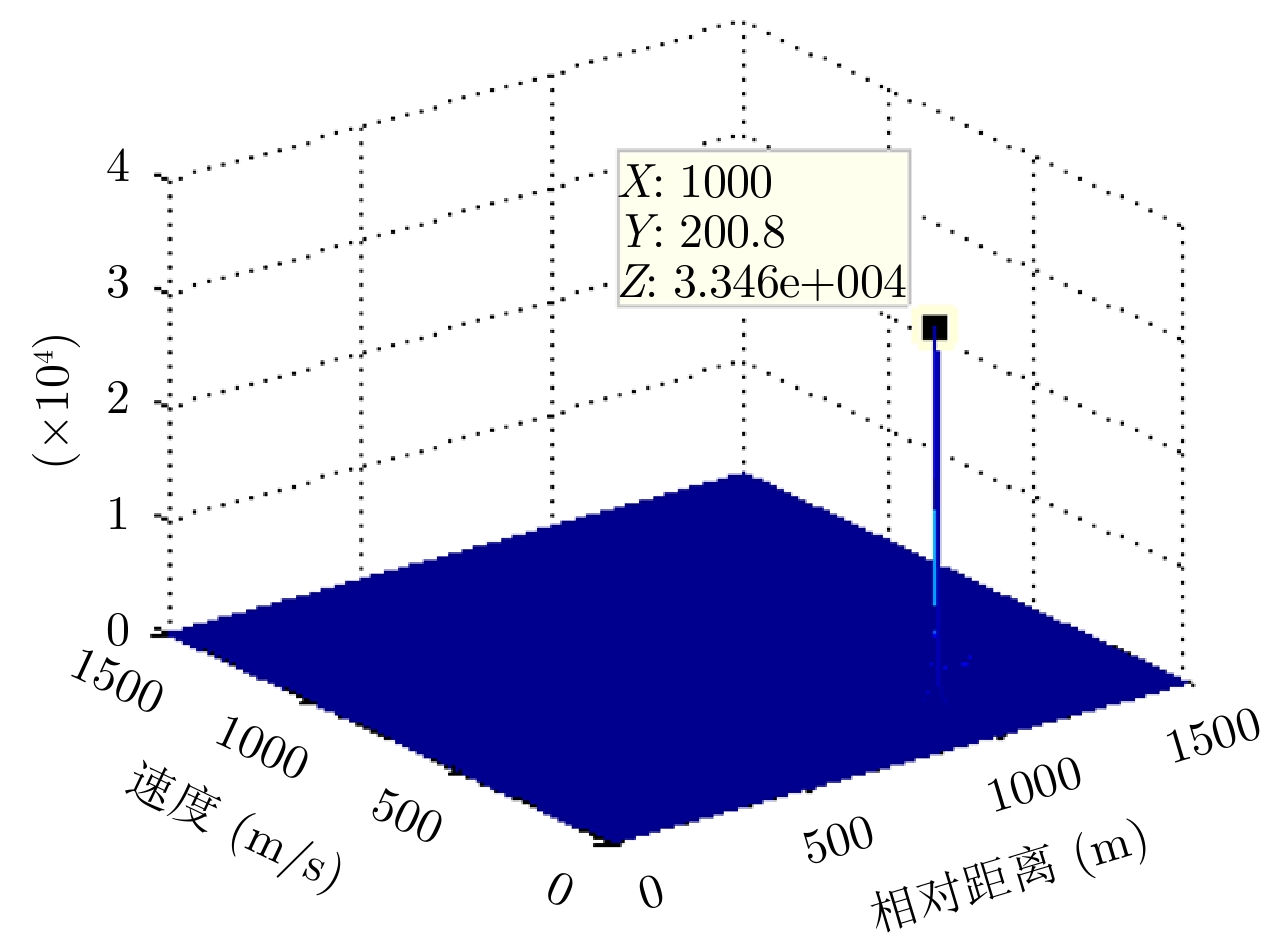| [1] |
张明友. 雷达-电子战-通信一体化概论[M]. 北京: 国防工业出版社, 2010: 87–101.
ZHANG Ming-you. The Conspectus of Integrated Radar-EW-Communication[M]. Beijing: National Defend Industry Press, 2010: 87–101.
|
| [2] |
TAVIK G C, HILTERBRICK C L, EVINS J B, et al. The advanced multifunction RF concept[J]. IEEE Transactions on Microwave Theory and Techniques, 2005, 53(3): 1009–1020. doi: 10.1109/TMTT.2005.843485 |
| [3] |
STURM C and WIESBECK W. Waveform design and signal processing aspects for fusion of wireless communications and radar sensing[J]. Proceedings of the IEEE, 2011, 99(7): 1236–1259. doi: 10.1109/JPROC.2011.2131110 |
| [4] |
XU C C and CHEN T Q. Conception of " signal sharing” in integrated radar and jammer system and the integrated signal design[C]. Proceedings of IEEE 2002 International Conference on Communications, Circuits and Systems and West Sino Expositions, Chengdu, China, 2002: 502–505. doi: 10.1109/ICCCAS.2002.1180668. |
| [5] |
ZOU Guang-chao, LIU Yi-an, WU Shao-peng, et al. Design of radar-communications integrated system[J]. Computer Simulation, 2011, 28(8): 1–4, 32. doi: 10.3969/j.issn.1006-9348.2011.08.001 |
| [6] |
LI Xiao-bai, YANG Rui-juan, and CHENG Wei. Integrated radar and communication based on multicarrier frequency modulation chirp signal[J]. Journal of Electronics & Information Technology, 2013, 35(2): 406–412. doi: 10.3724/SP.J.1146.2012.00567 |
| [7] |
SIT Y L, STURM C, REICHARDT L, et al. The OFDM joint radar-communication system: An overview[C]. Proceedings of the 3rd International Conference on Advances in Satellite and Space Communications, Budapest, 2011: 69–74.
|
| [8] |
CHEN X B, WANG X M, XU S F, et al. A novel radar waveform compatible with communication[C]. Proceedings of 2011 International Conference on Computational Problem-Solving, Chengdu, China, 2011: 177–181. doi: 10.1109/ICCPS.2011.6092272. |
| [9] |
LI Xiao-bai, YANG Rui-juan, and CHENG Wei. Integrated radar and communication based on chirp[J]. Radar Science and Technology, 2012, 10(2): 180–186. doi: 10.3969/j.issn.1672-2337.2012.02.012 |
| [10] |
TAKASE H and SHINRIKI M. A dual-use system for radar and communication with complete complementary codes[C]. Proceedings of the 11th International Radar Symposium, Vilnius, Lithuania, 2010: 1–4.
|
| [11] |
ZHAO Z L and JIANG D F. A novel integrated radar and communication waveform based on LFM signal[C]. Proceedings of the 5th International Conference on Electronics Information and Emergency Communication, Beijing, China, 2015: 219–223. doi: 10.1109/ICEIEC.2015.7284525. |
| [12] |
HU F, CUI G L, YE W, et al. Integrated radar and communication system based on stepped frequency continuous waveform[C]. Proceedings of 2015 IEEE Radar Conference, Arlington, VA, USA, 2015: 1084–1087. doi: 10.1109/RADAR.2015.7131155. |
| [13] |
LIU L, TIAN J J, and LIU Z H. A parameter estimation method for moving target in stepped frequency radar[C]. Proceedings of 2010 International Conference on Intelligent Computation Technology and Automation, Changsha, China, 2010: 289–292. doi: 10.1109/ICICTA.2010.170. |
| [14] |
LIU T, CAO N, MAO M H, et al. Waveform design and optimization for OFDM radar signal based on fractional Fourier transform[C]. Proceedings of the 2nd International Conference on Systems and Informatics, Shanghai, China, 2014: 724–729. doi: 10.1109/ICSAI.2014.7009380. |
| [15] |
陶然, 齐林, 王越. 分数阶Fourier变换的原理与应用[M]. 北京: 清华大学出版社, 2004.
TAO Ran, QI Lin, and WANG Yue. Theory and Applications of the Fractional Fourier Transform[M]. Beijing: Tsinghua University Press, 2004.
|
| [16] |
李锋, 朱世华, 荣玫. FRFT-OFDM系统中FRFT域变换角度的估计[J]. 电子与信息学报, 2008, 30(10): 2427–2430.
LI Feng, ZHU Shi-hua, and RONG Mei. Estimation of the angle parameter in FRFT domain for FRFT-OFDM systems[J]. Journal of Electronics &Information Technology, 2008, 30(10): 2427–2430.
|
| [17] |
樊昌信, 曹丽娜. 通信原理[M]. 第6版, 北京: 国防工业出版社, 2008: 213–233.
FAN Chang-xin and CAO Li-na. Communication Principle[M]. Sixth Edition, Beijing: National Defend Industry Press, 2008: 213–233.
|




 Submit Manuscript
Submit Manuscript Peer Review
Peer Review Editor Work
Editor Work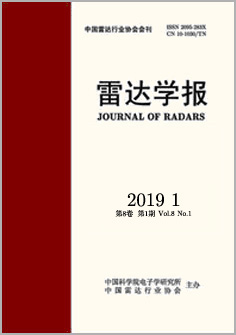

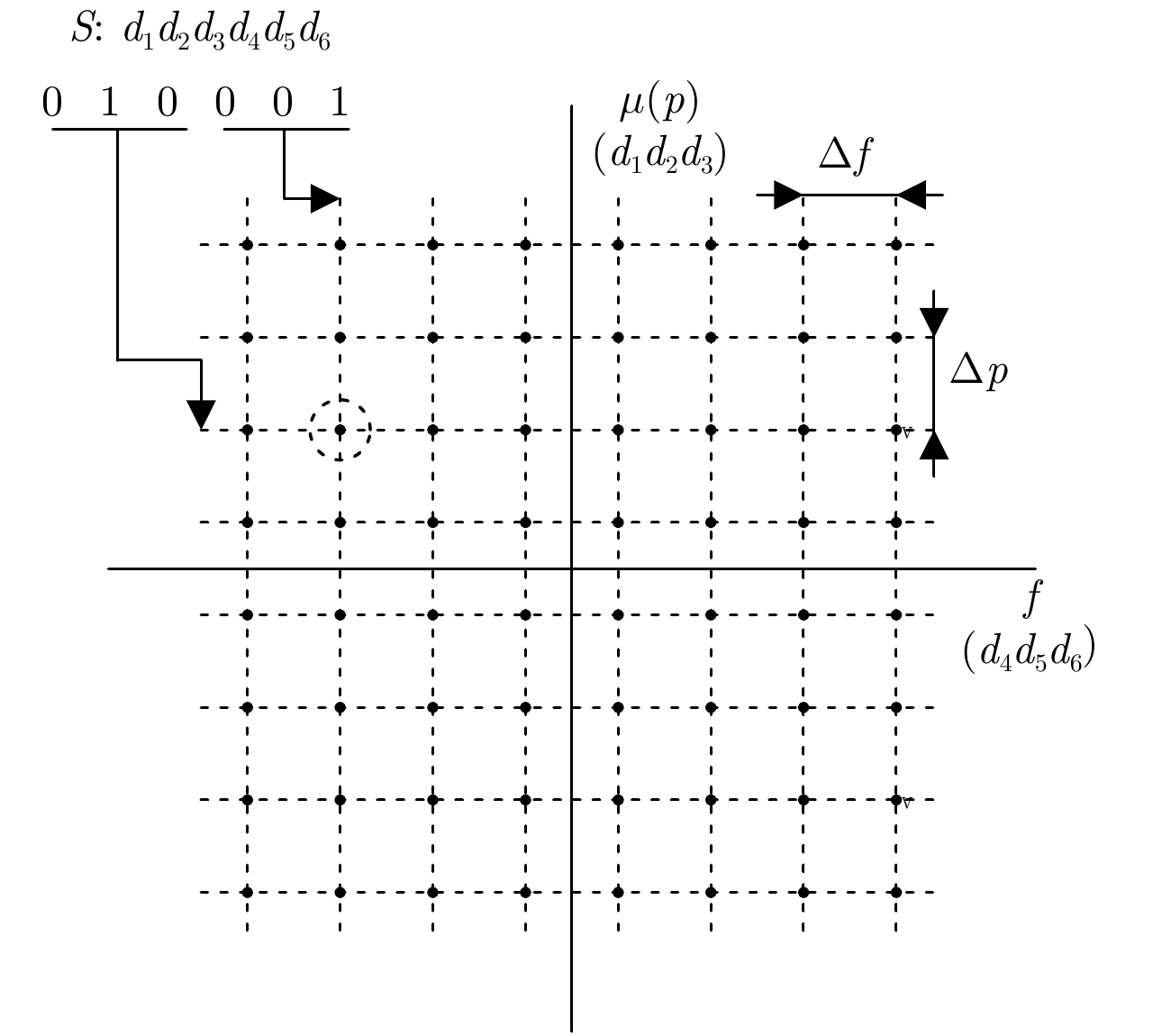



 DownLoad:
DownLoad:

